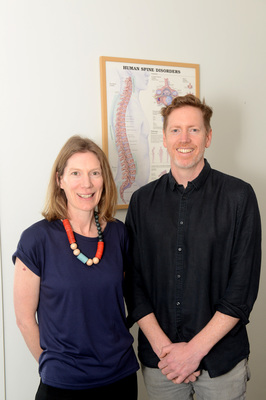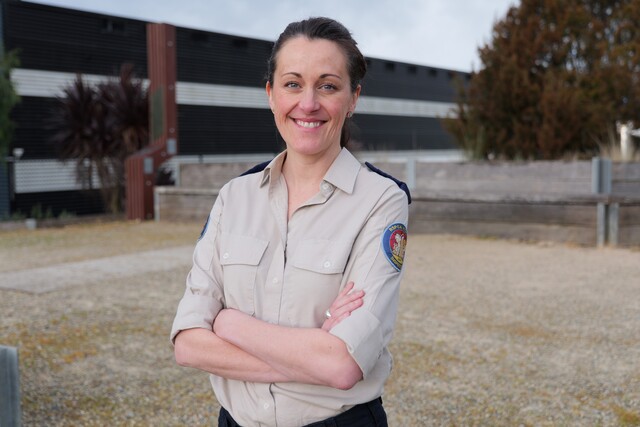There is clear evidence that strength or resistance training can be a worthwhile and beneficial activity for children and adolescents, with some of the many documented positive outcomes including improved strength, power and speed; stronger bones; reduction in injury rates and increased sports performance.
And while a growing number of youths are participating in resistance training programs in schools, gyms and sports training facilities, most parents still wonder at what age children should start resistance training, and what precautions should be taken so that training is safe for their growing bodies.
A common misconception about strength training in children is that exposure to loads greater than their own bodyweight can cause damage to their bones and muscles, but there is no evidence to support this.
The risk of injury resulting from resistance training, weightlifting and plyometrics is not any greater than other sports and activities in which children and adolescents are regularly involved.
The risk of harm to a child undertaking resistance training is actually more related to the level and quality of supervision – or lack of – rather than the resistance training per se.
Inadequate professional supervision leads to poor exercise technique and inappropriate management of training loads.
Resistance training can start at as young as six years of age, provided the child can follow clear instructions and appreciate the dangers present with training.
This is something as physiotherapists we often do without the child or parent even knowing – adding in bodyweight and resistance band exercises at home to rehabilitate injuries, for instance.
Before beginning resistance exercises, specific criteria to measure strength with bodyweight tasks should be met.
These vary depending on age and sex, and these criteria should be strictly adhered to by an adequately qualified supervising professional.
The professional should meet youth training guidelines imposed by strength and conditioning governing bodies in Australia such as ASCA (Australian Strength and Conditioning Association) and have a strong knowledge of developmental anatomy and physiology and injury rehabilitation.
The dosage and resistance level of exercises should depend on the age and skill level of each child, and should be highly individualised to the inherent biomechanical attributes and goals of each child.
This means that programs should be tailored to reduce risk of injury depending on each child’s musculoskeletal attributes, and also to their sport-specific, activity-related or general goals in wanting to begin resistance training.
Strength and conditioning programs designed and supervised by qualified professionals who have an understanding of youth resistance training guidelines, as well as the physical and psychosocial uniqueness of children and adolescents, appear to be an effective strategy for reducing sports-related injuries in young athletes and can contribute to developing healthy lifestyle choices in young people.







